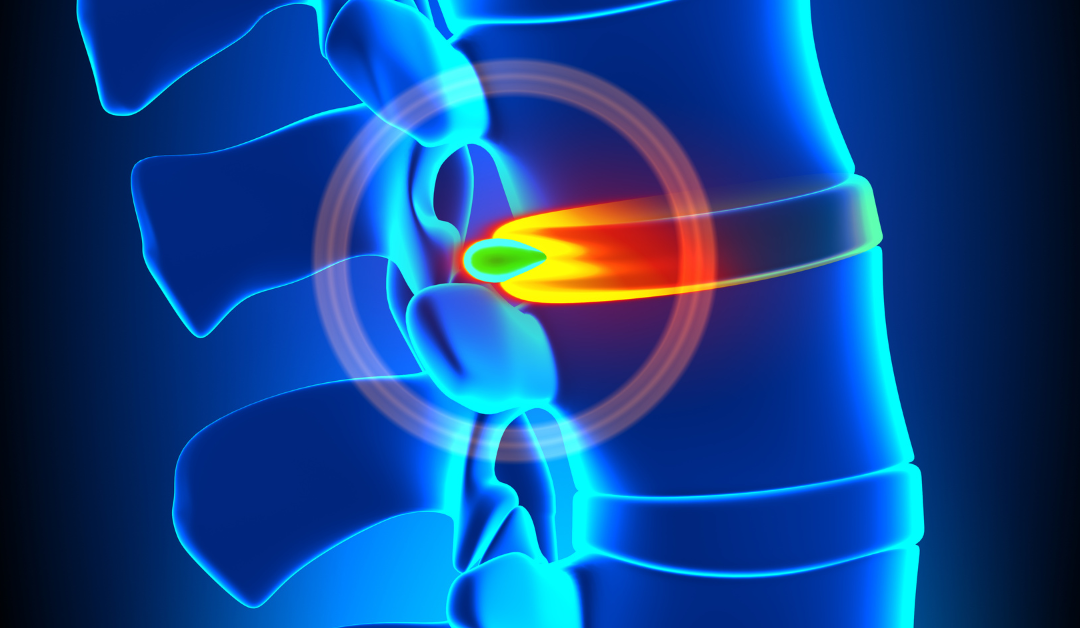In the twilight of their days, the elderly often find solace in reminiscing on life’s colourful tapestry. Yet, I can’t help but ponder how vivid these memories would be without the confinements of failing vision. The topic of eye health in the elderly is more than just a statistic; it’s a narrative of loss, resilience, and the humbling recognition of mortality’s harrowing approach. It’s personal, as I have witnessed the struggle of loved ones grappling with the dimming of their once bright outlooks on life, both metaphorically and literally.
The veneer of youth offers a spectrum of opportunities, not the least of which is clear vision. However, as one navigates the sands of time, eyes face the brunt of deteriorating health. The crescendo of common eye problems surges, often leaving the elderly squinting at the hauntingly familiar yet unrecognizable faces of their loved ones.
The Anatomy of Aging Eyes
Understanding why our eyes succumb to age is fundamental in addressing the root causes of visual decline. The human eye undergoes a myriad of changes that are as inevitable as they are inexorable. The lenses thicken and harden, muscles weaken, and the amount of light that reaches the retina diminishes. Conditions like presbyopia, cataracts, glaucoma, and age-related macular degeneration become household names, each a spectre that gradually creeps into one’s ocular narrative.
Presbyopia: The Unwelcome Inevitability
Presbyopia is the harbinger of long-sightedness. It whispers warnings in small fonts, requiring the elderly to hold newspapers, books, and devices at an arm’s length, a dance of defiance against the encroaching blurriness. Reading glasses become a fixture, perched on the bridge of the nose like a badge of wisdom, signalling the acceptance of a new visual paradigm.
Cataracts: When Clarity Clouds
The mere mention of cataracts casts a shadow over one’s perception of the world. An insidious assailant, it robs the lens of its transparency, casting the world in muted tones and blurry edges. The marvel of modern medicine offers the grace of cataract surgeries, but the fear of the procedure often blinds the elderly to the promise of regained sight.
Glaucoma: The Silent Thief
Glaucoma’s silent progression is treacherous; it steals one’s peripheral vision, often without warning or pain, until one finds oneself in the visual tunnel of its creation. Apart from the physical aspect, the psychological burden of a narrowing world view cannot be overstated.
Macular Degeneration: A Tale of the Fading Fovea
Age-related macular degeneration paints a sobering picture of the central retinal damage that declines sharply the acuity of vision, leaving faces, pages, and the finer details of life obscured like a faded mural.
Coping and Compassion
Empathy is the currency that can bridge the ocular gap between the elderly and their loved ones or caretakers. It is the beacon of understanding that can guide us through the labyrinthine manifestations of their visual struggles. Simple acts of patience—guiding hands to the table, reading out loud, and providing emotional support—manifest as luminous beacons in the fading corridors of their vision.
Patience and Perspective
In the presence of the elderly, time compresses and conversations elongate. Patience becomes an epiphany of sorts, guiding interactions like a gentle hand through life’s fragmented narratives. The pause, the slower pace, and the emphasis on clear and distinct communication transcend the spoken word and segues into a visual language that the elderly can still interpret with clarity.
Technological Aid and Adaptation
Technology offers a lifeline to the elderly, a touchpad ticket to the world beyond their declining thresholds. From smartphones with magnification features to smart speakers that read out the news, technological advancements straddle the gap between desire and declined vision, offering the semblance of self-sufficiency.
The Pursuit of Sight
The pursuit of maintaining good eye health in old age is a relay, a relay of observation, intervention, and prevention. Regular eye checks, a balanced diet rich in eye-healthy nutrients, and the disavowal of harmful habits like smoking are the collective baton that can prevent the common eye problems from turning into formidable adversaries.
The Paradox of Aging Eyes
The paradox of aging eyes lies in the dichotomy between the wisdom of hindsight and the faltering foresight of the future. The elderly, with their wealth of experiences, are privy to a kaleidoscope of insights. Yet, these revelations are as profound as they are painful in the context of declining ocular faculties. The canvas of reflection becomes tainted with the ink of regret, as they opine on the treasures of sight that were once at their disposal.
Transitioning from Active Sight to Insight
The transition from active sight to insight is laden with equanimity and acceptance. It is about recalibrating the senses, tapping into the reservoirs of intuition, and rediscovering the world through the haptic continuum of touch, taste, smell, and sound.
The Unseen Silver Linings
While the twilight years of one’s vision are bittersweet, they carry an unseen silver lining. With the surrender of clear sight comes the acquisition of foresight—the ability to decipher the world’s myriad colors through the lens of experience, wisdom, and undying spirit.
In the grand odyssey of life, the elderly are our modern-day seers, charting the course of humanity with the maps etched by time and trials. It is incumbent upon us, the caretakers of their narrative, to be the torchbearers that light the path of their twilight years, allowing them to continue to share their stories in the spectrum of technicolor for as long as their fading lungs afford them breath. For the most archaic of eyes still yearn to witness the etchings on the walls of history, to reflect on the lives ensconced within their palimpsests, and to peer into the future with the certitude that, though their vision may wane, their light shall never dim.




